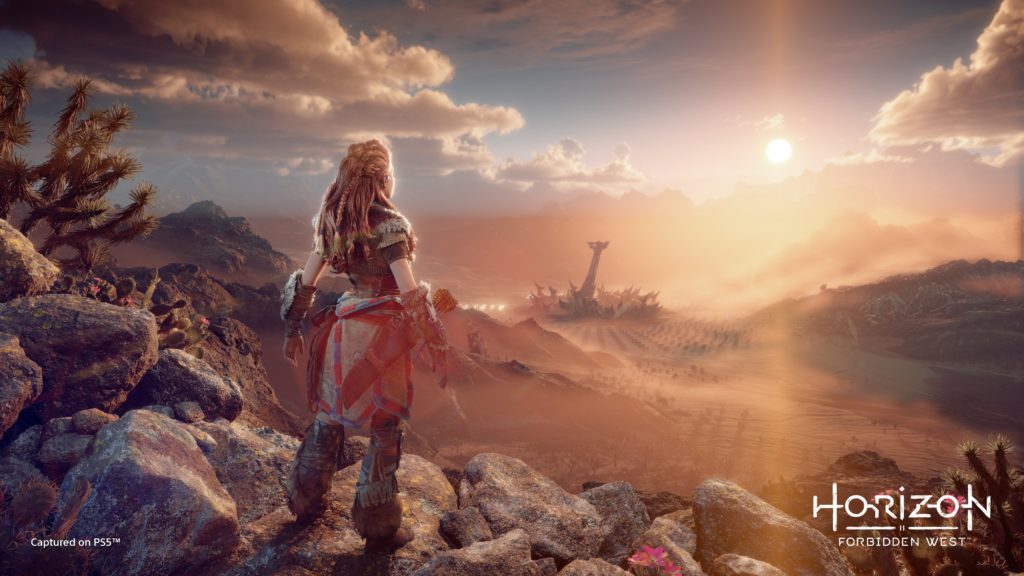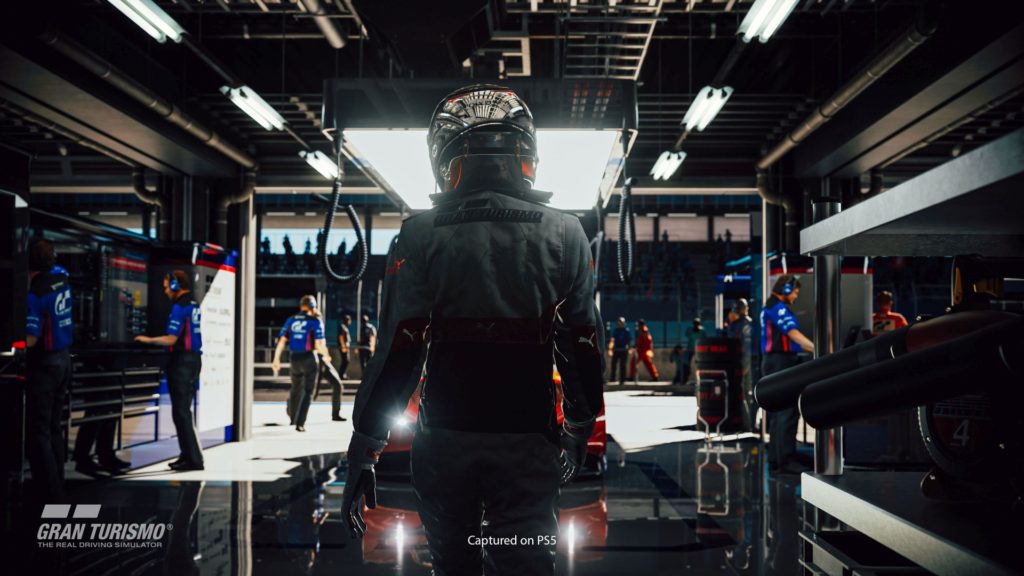
The PlayStation 5 is just months away at this point. We’ve already seen a good chunk of actual gameplay in PlayStation 5 titles, demonstrating technical effects and image quality that go well beyond what’s possible with the current generation of consoles.
However, key questions remain about the staying power of the new consoles. Keep in mind that the PlayStation 5 and the Xbox Series X both need to stay relevant for console gamers and the gaming industry on the whole for at least the next 5-7 years. Is the hardware in the PlayStation 5 really up to delivering the kind of gaming experiencing we expect from the year 2027 (literally the point of time when Deus Ex: Human Revolution takes place)?
One possibility is to look beyond the teraflop numbers and focus on how each console leverages unique technology and software features. A recent report indicates that the PlayStation 5 will leverage a subset of RDNA 3 features, functionality AMD is building into the GPUs it’ll bring to market after Big Navi, and likely not available to the PC market until at least 2022.
If this is true, what does this mean for PlayStation gamers? And why does it matter?
It implies complete support for the RDNA2 feature set
The big takeaway here, really, is that the PlayStation 5 will likely offer a feature-complete implementation of RDNA2 with key special optimisations and features like variable rate shading. This might sound a bit like “temper your expectations,” but let’s keep in mind that RDNA2 parts haven’t actually been released yet, either.
Variable rate shading on the PlayStation 5, a core RDNA2 function, will likely help to retain great image quality and performance at 4K and higher resolutions. Earlier reports indicated that certain developers like Capcom had trouble getting ninth-generation exclusive games like Resident Evil: Village working on the PlayStation 5 at 4K. As of now, it’s not entirely clear whether this is due to early-stage optimisation issues or because of the limits of the PlayStation’s 5’s hardware configuration and the fact that, at the end of the day, 4K remains a stratospherically high resolution target.
Once we progress past the “cross-gen” period where support for the Xbox One and PlayStation 4 is mandatory, we’ll increasingly see games that hit the PlayStation 5’s GPU hard, especially at 4K. In these cases, variable rate shading will come in handy to offer a degree of GPU overhead without noticeably impacting performance. How does VRS work?
Variable rate shading essentially takes advantage of the fact that perceived resolution varies across a person’s field of view. Pin-sharp 4K only really matters in a relatively narrow cone of view immediately in front of the eyes. Further out to the left and right, perceptual resolution is as low as one half or even one fourth of the nominal level. By dynamically adjusting the shading rate in specific parts of the onscreen image, developers free up a substantial amount of GPU resources without affecting perceived image quality.
It could mean support for AI-based frame reconstruction technology
Sony recently made waves when patents were uncovered for PlayStation frame reconstruction technology that offered similar functionality to NVIDIA’s DLSS. Support for RDNA 3 features raises the prospect that the PlayStation 5 could support some form of AI-based frame up scaling and reconstruction.
Since the PlayStation 5’s GPU doesn’t have dedicated tensor cores for machine learning workloads, frame reconstruction would have to be done in software, with a slightly higher performance hit. Regardless, this can still mean tangible improvements to performance. Remedy’s Control was recently updated with what was described as “DLSS 1.9,” essentially a software implementation of NVIDIA’s general purpose DLSS 2.0. While the performance hit of “DLSS 1.9” was somewhat higher than Control’s earlier DLSS 1.0 implementation, image quality and overall performance improvements are undeniable.
The PlayStation 5 could potentially leverage forward-facing RDNA functionality to deliver great frame reconstruction and upscaling results without the need for tensor cores. As games become more graphically intensive, this’ll be a key approach in maintaining performance at 4K. Moreover, if developers actually plan to deliver games that run at 8K, some kind of frame construction or upscaling is critical.
Enhanced performance thanks to the custom geometry engine
Reports indicate that the PlayStation 5 features a custom geometry engine that delivers better mesh shading and VRS performance than RDNA2 as seen in the Xbox Series X and in upcoming PC products. It isn’t clear as yet whether or not the PlayStation 5’s geometry engine adopts RDNA3 features or if this is a fully custom design. Regardless, this has long-term implementations for the staying power of the PlayStation 3.
High fidelity models are a key aspect of the ninth-generation visual set. This is something we saw in demos like Lumen in the Land of Nanite, as well as in actual gameplay snippets. The PlayStation 5’s next generation mesh shading capabilities should allow it to handle a higher geometry throughput. This would mean more polygons on-scene at a time, less pop-in, and higher quality character and object models. Because of diminishing returns, it takes an exponentially higher polycount to create models that look objectively more realistic than current-gen models. More efficient mesh shading could give the PlayStation 5 performance headroom to make this a reality.
Possible ray-tracing optimisations
While AMD has stated that RDNA 2 parts will support hardware-accelerated ray tracing, it’s still not clear as to exactly what form hardware acceleration will take. Will Big Navi and other RDNA2 parts feature bespoke RT cores in the same way as NVIDIA’s Turing hardware? Or will RDNA2 cards run ray-tracing workloads on the shaders with bespoke optimisations for performance? We’re leaning toward the second option. Why does this matter for the PlayStation 5?
A lot has been made about the PlayStation 5’s ray-tracing capabilities. A number of PlayStation 5 gameplay reveals, including Gran Turismo, showcased spectacular ray tracing implementations, beyond what we’ve seen in the PC space.
The push for ray-tracing on PlayStation 5 hardware is puzzling because we’re still unclear about the extent of AMD’s ray-tracing support on RDNA2. RDNA 3 “special sauce” could be one possible answer. Regardless of the exact form that hardware ray-tracing support is deployed on the PlayStation 5, it’s possible that AMD might bake in RDNA 3 -based ray-tracing optimisations to deliver superior ray-tracing performance on the Sony console. This forward-facing approach might be critical to ensuring adequate ray-tracing performance in the long term, with Big Navi and Ampere cards like the GeForce RTX 3080 Ti expected to make major inroads in terms of PC ray-tracing performance.
Conclusion
At this point, it’s still very early to determine the exact impact of possible RDNA3 features on the PlayStation 5’s performance. What we do know is that Sony’s delivering a capable 4K console with support for hardware accelerated ray-tracing and emerging technologies like variable-rate shading. Whether or not RDNA 3 “secret sauce” is deployed, we expect PlayStation 5 owners to see a night-and-day difference in fidelity over the PlayStation 4.

















